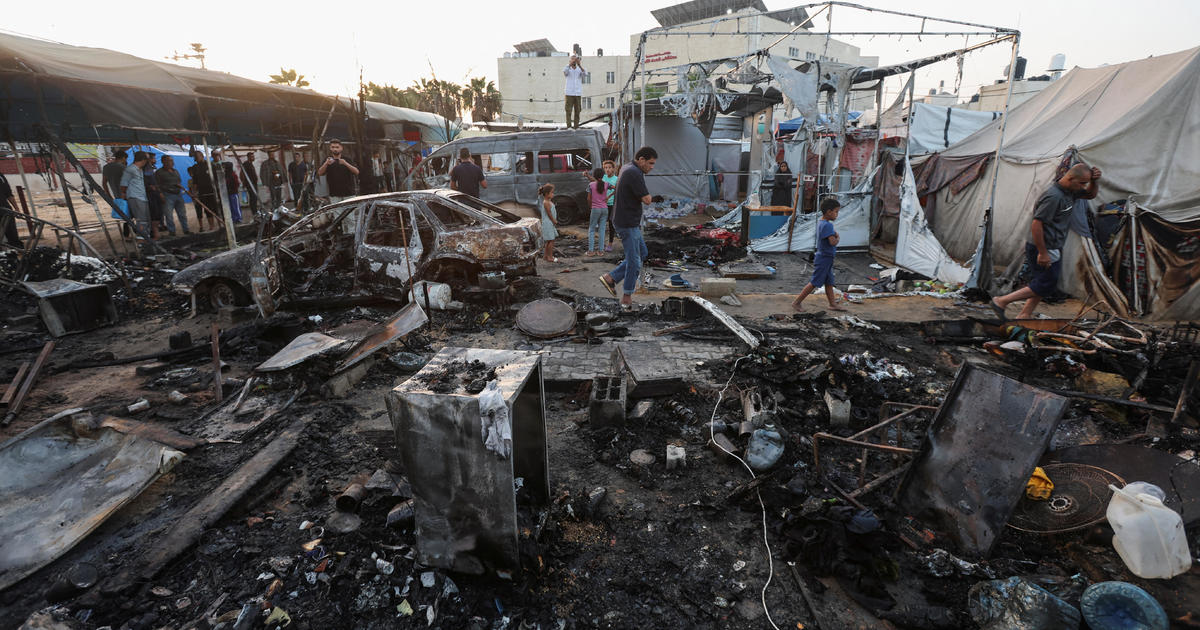The ongoing conflict between Israel and various militant groups, including Hamas in Gaza and Hezbollah in Lebanon, has resulted in a devastating humanitarian crisis and raised serious concerns about regional stability. The situation is marked by intense airstrikes, retaliatory attacks, and a significant displacement of civilians. International pressure mounts on Israel to minimize civilian casualties while Israel defends its actions as necessary responses to threats from its enemies. The involvement of multiple actors and the potential for escalation make this a complex and volatile situation with no easy solutions in sight.
The Humanitarian Crisis in Gaza
The Israeli military’s ongoing operation in Gaza has resulted in a catastrophic loss of life and widespread destruction. The Hamas-run health ministry reports a significant number of Palestinian casualties, with multiple airstrikes hitting civilian areas and infrastructure, including hospitals.
Civilian Casualties and the Al-Aqsa Martyrs Hospital Strike
The reported deaths of numerous Palestinians, many of them civilians, raise profound ethical and humanitarian concerns. One particularly disturbing incident involved an airstrike near the Al-Aqsa Martyrs Hospital, where videos showed what appeared to be civilians being engulfed in flames. The Israeli government asserts that the strike targeted a Hamas command center, suggesting the militants were using civilians as human shields, a claim disputed by international observers and humanitarian groups. This highlights the challenges in balancing security concerns with the protection of civilians in a conflict zone. The use of precise munitions and aerial surveillance, cited by the Israeli military as preventative measures to avoid civilian casualties, has clearly not been effective in preventing all deaths, which leaves serious questions as to the effectiveness of the military operation.
Displacement and the Lack of Essential Services
Beyond immediate casualties, the conflict has caused widespread displacement. Thousands of Palestinians, many taking refuge in makeshift shelters like the aforementioned tent camp adjacent to the Al-Aqsa Martyrs Hospital, are in desperate need of humanitarian aid, including food, water, medical supplies, and sanitation facilities. The damage to essential infrastructure, including hospitals and power grids, adds further to the humanitarian suffering. Access to emergency services and humanitarian aid is also extremely limited due to the ongoing fighting, creating more barriers to proper support. International organizations and NGOs are working to provide aid where possible, but the severity and complexity of the situation create massive logistical challenges.
Israel’s Response and International Pressure
Israel justifies its military actions as necessary responses to threats from Hamas and Hezbollah. The government insists on taking significant precautions to minimize civilian casualties, citing intelligence-based strikes and the use of precise munitions. However, the continuing high number of civilian casualties raises serious doubts about the effectiveness and ethical implications of these measures.
The Israeli Counterattack on Iran and the Risk of Escalation
In addition to the ongoing conflicts with Hamas and Hezbollah, Israel faces pressure not to launch wide-scale retaliatory strikes against Iran in response to the October missile attacks on its territory. Concerns exist regarding the potential for escalation and broader conflict. Israel has yet to publicly confirm its exact plans for retaliation and whether they will follow recommendations from the United States, its main ally. The international community is monitoring the situation closely and continues to attempt to mitigate the potential for escalation.
US Involvement and Divided Political Opinions
The United States has issued official statements expressing concern over civilian casualties and pressing Israel to mitigate these. However, the level of concern and proposed actions vary across political divides. While the White House expressed concern, other Democratic members of Congress issued much stronger condemnations, demanding that the United States halt weapons sales to Israel. This highlights a strong divide of opinion over the handling of this conflict. The degree of U.S. influence over Israeli operations also appears to be more limited than previously assumed, despite the country being a main ally to Israel.
The Lebanon Conflict and Regional Instability
The conflict with Hezbollah in Lebanon presents a separate but interconnected challenge. Hezbollah’s missile and drone attacks on Israel have triggered a reciprocal response and triggered the displacement of tens of thousands of people near the Lebanese-Israeli border on both sides of the conflict.
Displacement and Humanitarian Needs in Lebanon
The ongoing conflict has led to a massive displacement of civilians in Southern Lebanon. The UN estimates that hundreds of thousands of people, including a substantial number of children, have fled their homes. This adds another layer of humanitarian crisis to an already unstable region. The conflict causes disruptions of essentials and the possibility for the spread of infectious diseases, requiring international aid from nearby countries and international NGOs.
Potential for Wider Regional Conflict
The intertwined conflicts in Gaza and Lebanon, combined with the potential for Israeli action against Iran, raise significant concerns about the potential for a wider regional conflict. This raises grave anxieties about international stability as the numerous conflicting factions continue to conduct wide-scale attacks. The involvement of multiple state and non-state actors creates a highly unpredictable scenario with potentially catastrophic global ramifications.
Takeaway Points:
- The conflict in Gaza and Lebanon has created a profound humanitarian crisis with widespread displacement and civilian casualties.
- The high number of civilian casualties in Gaza raises serious concerns about the conduct of military operations and the use of precise munitions by Israeli armed forces.
- The conflict’s potential to escalate into a wider regional war poses a serious threat to international stability.
- International pressure on Israel to minimize civilian casualties and refrain from broad retaliatory strikes against Iran is increasing.
- The long-term implications of this conflict for regional stability and human rights are immense and demand continued attention from the international community.




